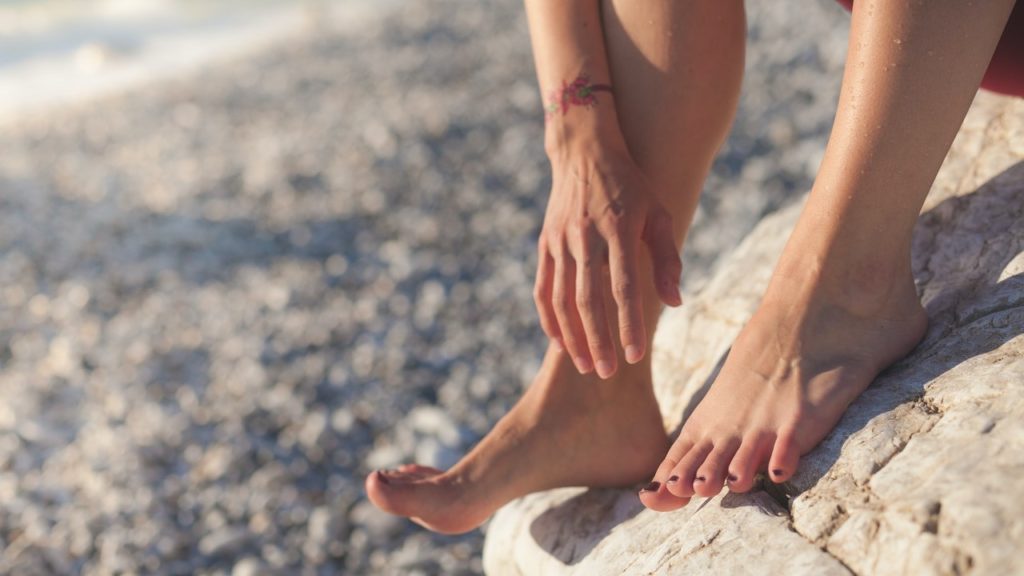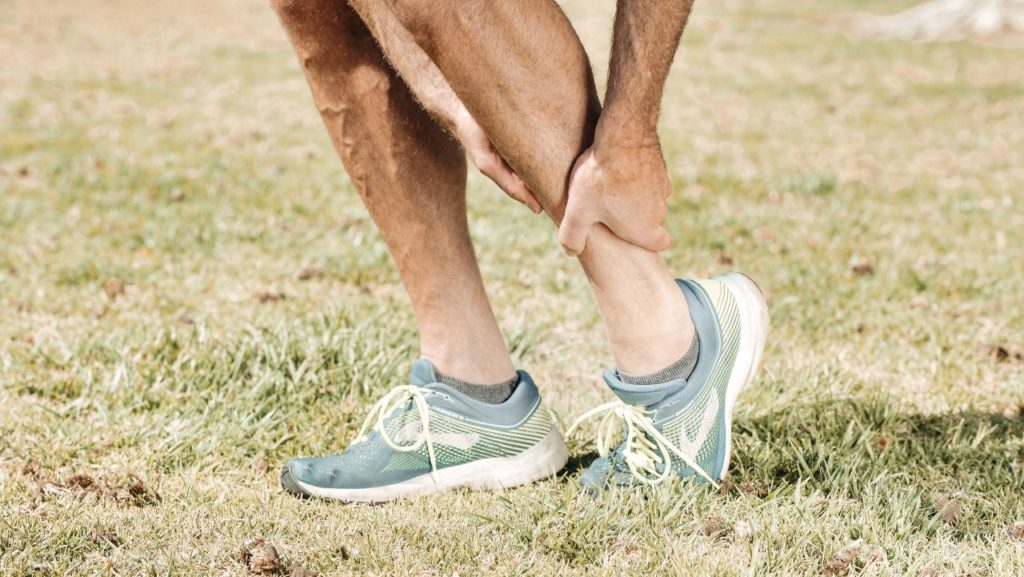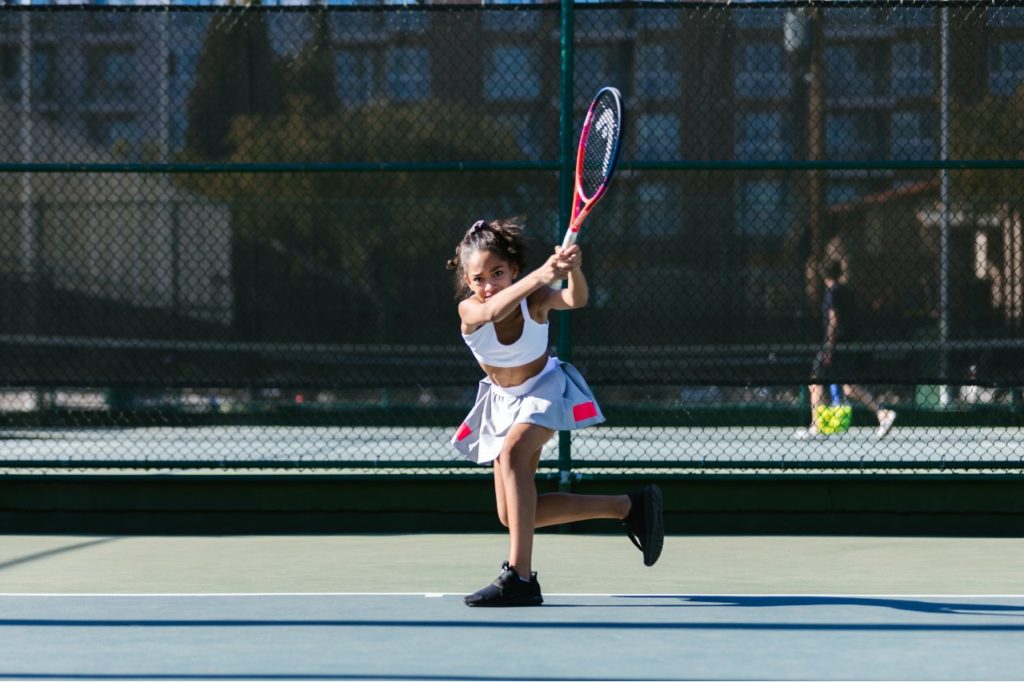By David Cheskis, DPM, AACFAS, DABPM
Today is April 17, 2023 and runners from all over the world are congregating in Boston for one of the most iconic marathon races in the world – the Boston Marathon.

However, marathons can be very demanding on the body, especially the feet and lower legs. Injuries are common, so it’s important for runners to take preventive measures and be aware of the common foot injuries that can occur during long-distance running.
One common injury that us Podiatrists always see is plantar fasciitis, which is caused by the inflammation of the band of tissue that spans the arch of the foot all the way from the heel. This injury can be exacerbated by running on hard surfaces, poor footwear or inappropriately tight or loose lacing. Stretching the plantar fascia and calf is imperative in preparation for a long race to prevent overpulling and micro tearing to this ligamentous structure. Shin splints are also a common foot injury that cause pain on the inner part of the shin, which can be caused by overuse, history of previous injuries or even lack of conditioning.
Stress fractures, usually of the metatarsal bones are common in runners as well. Making sure your vitamin D levels are appropriate as well as wearing supportive and shock absorbing running shoes is imperative. A stress fracture can be incredibly painful and can take a long time to heal. If you feel you may have a fracture, signs include swelling, pain with weightbearing to the midfoot and bruising. X -rays should be done immediately to identify if a fracture is present and staying off the injured foot as much as possible to allow for timely healing.
Another foot ailment that marathon runners may experience are blisters, which are formed when an area of the skin is repeatedly rubbed or frictioned. Blisters can be very painful and disabling, and they can cause runners to lose valuable time in the marathon event. They can even be blood filled blisters which may need to be drained in order for runners to complete the race. I have volunteered for cancer walks and different races and I can say blisters are one of the most common things that occur.
To prevent foot injuries, marathon runners can wrap their feet in a thicker material than the traditional cotton socks. A two-layer sock system can also be used, with an outer layer made of a sock that fits snugly to the foot and directs moisture away, while the inner layer provides extra padding. Proper running shoes with solid arch support and cushioning can go a long way in helping to prevent foot injuries as well. If you have a more significant flat foot deformity running with an orthotic is recommended as well to prevent injury.
As we watch the runners make their way through the streets of Boston today, let’s keep in mind the challenges they face and the importance of taking care of their feet. While foot injuries can be painful and potentially debilitating, taking preventive measures can help runners reduce the risks of developing them and allow them to enjoy the Boston Marathon and other long-distance races to the fullest.





